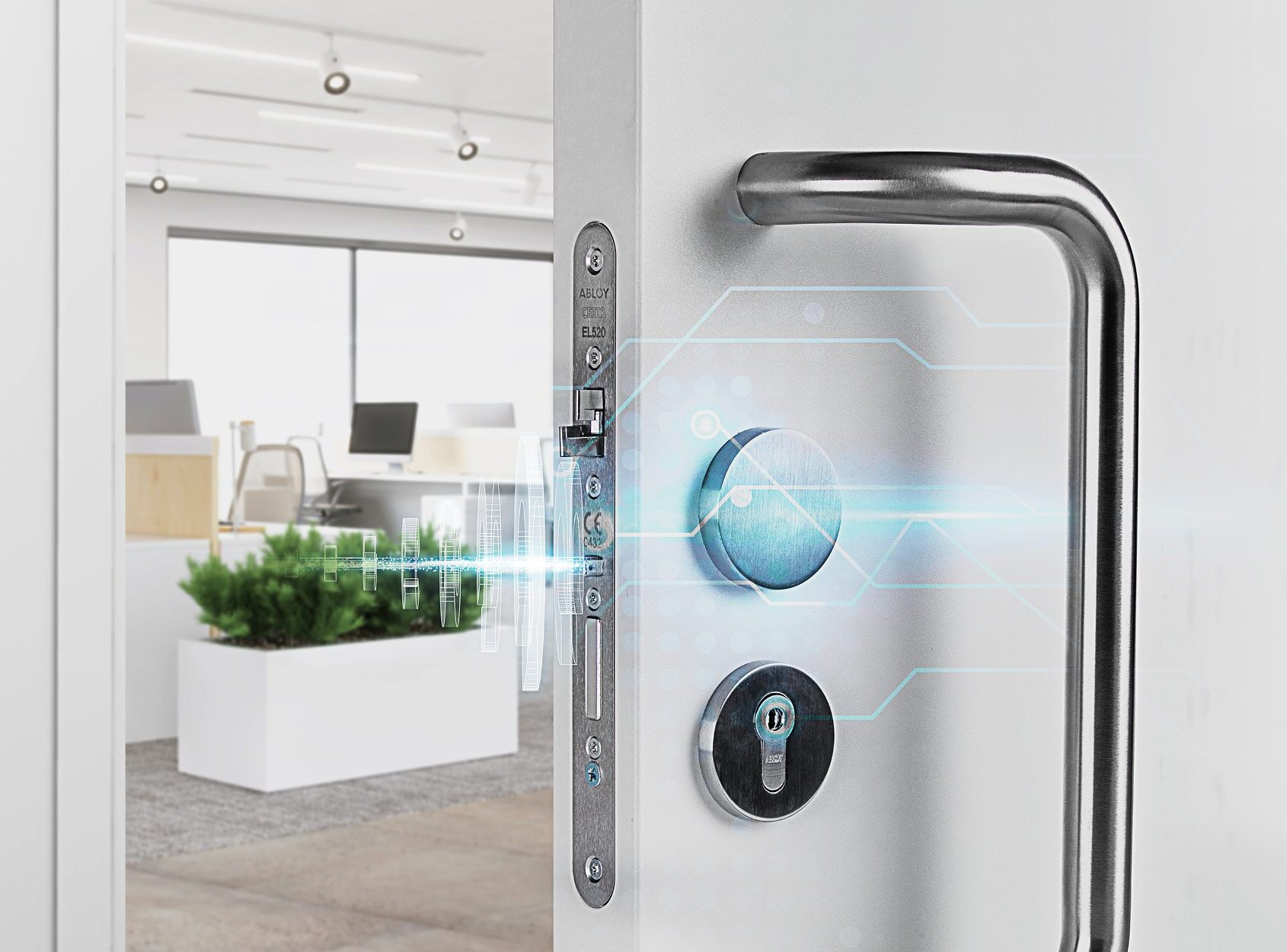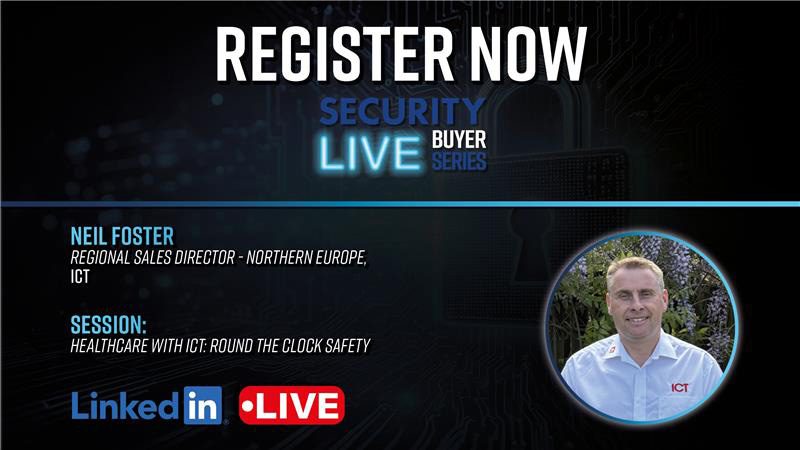The risk of a serious cyber attack on civil nuclear infrastructure is growing, as facilities become ever more reliant on digital systems and make increasing use of commercial ‘off-the-shelf’ software, according to a major new report from Chatham House.
‘Cyber Security at Civil Nuclear Facilities: Understanding the Risks’ is the result of an 18-month study that draws on in-depth interviews with 30 leading industry practitioners based in more than eight countries. It found that the trend to digitisation, when combined with a lack of executive-level awareness of the risks involved, means that nuclear plant personnel may not realise the full extent of their cyber vulnerability and are thus inadequately prepared to deal with potential attacks.
Commenting on this, Tony Berning, senior manager at security firm, OPSWAT, said:
“As attacks become more sophisticated, and digital control systems increase in complexity and levels of automation, it is increasingly difficult to prevent threats from impacting the operation of critical infrastructure. As a security measure, most critical infrastructure systems are air-gapped, or isolated from external networks. Because of this, portable media is a primary vector for cyber-attack; it is often the only way to transport files to and from secure areas. As key attack vectors for malware, it is extremely important that extra attention is placed on securing the portable media devices that are brought in and out of a secure facility.
While imperative to the protection of critical infrastructure, securing portable media devices is not easily done, and there are many requirements that can impact the portable media security policies for operators of critical infrastructure. In many cases, there is no single source for an organisation’s portable media security policy, and individual facilities may require unique security policies.
Since SCADA systems control key functions in critical infrastructure, such as nuclear plants, successful attacks on SCADA systems could potentially cause disruptions in services that we all depend on every day. For this reason, SCADA attacks are often politically motivated and backed by foreign state actors with motives such as industrial espionage or military sabotage.
Many SCADA and ICS (Industrial Control Systems) systems were built decades ago when cyber security was not yet an issue. To add cyber security defences to these systems is a major task, coupled with the fact that due to their critical nature, downtime for system upgrades is virtually impossible.
Given these challenges, what can be done to improve the security of critical infrastructure? Here are five ways to improve SCADA security:
#1 Air-Gap Systems: Since many SCADA systems do not include cyber security controls, it is important to physically separate these systems from the Internet and corporate network. If the systems are connected to the network, strong firewalls, intrusion detection systems and other security measures must be put in place to protect against unauthorised intrusion.
#2 Avoid Default Configurations: Avoid using default configurations on network and security appliances. Factory passwords must be changed immediately and a system of strong passwords and regular password updating should be enforced.
#3 Apply USB & Portable Device Security: Since air-gapped systems are not connected to the network, often the only way to bring files in and out of the SCADA system is by using portable media such as USB drives or DVDs. As key attack vectors for air-gapped networks, it is very important to deploy a portable media security system that thoroughly scans portable devices for any threats before they are allowed to connect to the secure SCADA network.
#4 Defend Against Advanced Persistent Threats (APT): Attacks are becoming more and more sophisticated, with malware lying in wait undetected for a long period of time. It is important to fight APT’s at different levels; not only trying to prevent APT’s entering the network, but also detecting APT’s that have already gained entry. An effective way to detect APT’s is to use a multi anti-malware scanner that will scan files with multiple anti-virus engines using a combination of signatures and heuristics and will therefore be able to detect more threats. In addition, technologies such as data sanitization can prevent zero-day and targeted attacks that may be missed by anti-malware engines by converting files to different formats and removing any possible embedded threats and scripts. Devices should be continually monitored for any abnormal activity and files on the network should be continually scanned with multiple anti-virus engines; a threat that was previously not detected could be found by an updated signature database.
#5 Perform Penetration Testing: Regular penetration testing and vulnerability assessments, if possible conducted by a third party, are very helpful to get realistic input on the current security level and shed light on which areas still need additional security precautions.
The above measures, along with employee awareness training and continuous evaluation, will significantly boost the security of critical infrastructure systems.”
Security Buyer is the leading authority in global security content, delivering expert news, in-depth articles, exclusive interviews, and industry insights across print, digital, and event platforms. Published 10 times a year, the magazine is a trusted resource for professionals seeking updates and analysis on the latest developments in the security sector.
To submit an article, or for sponsorship opportunities, please contact our team below.
















Home » Nuclear facilities under-prepared for serious cyber attacks
Nuclear facilities under-prepared for serious cyber attacks
The risk of a serious cyber attack on civil nuclear infrastructure is growing, as facilities become ever more reliant on digital systems and make increasing use of commercial ‘off-the-shelf’ software, according to a major new report from Chatham House.
‘Cyber Security at Civil Nuclear Facilities: Understanding the Risks’ is the result of an 18-month study that draws on in-depth interviews with 30 leading industry practitioners based in more than eight countries. It found that the trend to digitisation, when combined with a lack of executive-level awareness of the risks involved, means that nuclear plant personnel may not realise the full extent of their cyber vulnerability and are thus inadequately prepared to deal with potential attacks.
Commenting on this, Tony Berning, senior manager at security firm, OPSWAT, said:
“As attacks become more sophisticated, and digital control systems increase in complexity and levels of automation, it is increasingly difficult to prevent threats from impacting the operation of critical infrastructure. As a security measure, most critical infrastructure systems are air-gapped, or isolated from external networks. Because of this, portable media is a primary vector for cyber-attack; it is often the only way to transport files to and from secure areas. As key attack vectors for malware, it is extremely important that extra attention is placed on securing the portable media devices that are brought in and out of a secure facility.
While imperative to the protection of critical infrastructure, securing portable media devices is not easily done, and there are many requirements that can impact the portable media security policies for operators of critical infrastructure. In many cases, there is no single source for an organisation’s portable media security policy, and individual facilities may require unique security policies.
Since SCADA systems control key functions in critical infrastructure, such as nuclear plants, successful attacks on SCADA systems could potentially cause disruptions in services that we all depend on every day. For this reason, SCADA attacks are often politically motivated and backed by foreign state actors with motives such as industrial espionage or military sabotage.
Many SCADA and ICS (Industrial Control Systems) systems were built decades ago when cyber security was not yet an issue. To add cyber security defences to these systems is a major task, coupled with the fact that due to their critical nature, downtime for system upgrades is virtually impossible.
Given these challenges, what can be done to improve the security of critical infrastructure? Here are five ways to improve SCADA security:
#1 Air-Gap Systems: Since many SCADA systems do not include cyber security controls, it is important to physically separate these systems from the Internet and corporate network. If the systems are connected to the network, strong firewalls, intrusion detection systems and other security measures must be put in place to protect against unauthorised intrusion.
#2 Avoid Default Configurations: Avoid using default configurations on network and security appliances. Factory passwords must be changed immediately and a system of strong passwords and regular password updating should be enforced.
#3 Apply USB & Portable Device Security: Since air-gapped systems are not connected to the network, often the only way to bring files in and out of the SCADA system is by using portable media such as USB drives or DVDs. As key attack vectors for air-gapped networks, it is very important to deploy a portable media security system that thoroughly scans portable devices for any threats before they are allowed to connect to the secure SCADA network.
#4 Defend Against Advanced Persistent Threats (APT): Attacks are becoming more and more sophisticated, with malware lying in wait undetected for a long period of time. It is important to fight APT’s at different levels; not only trying to prevent APT’s entering the network, but also detecting APT’s that have already gained entry. An effective way to detect APT’s is to use a multi anti-malware scanner that will scan files with multiple anti-virus engines using a combination of signatures and heuristics and will therefore be able to detect more threats. In addition, technologies such as data sanitization can prevent zero-day and targeted attacks that may be missed by anti-malware engines by converting files to different formats and removing any possible embedded threats and scripts. Devices should be continually monitored for any abnormal activity and files on the network should be continually scanned with multiple anti-virus engines; a threat that was previously not detected could be found by an updated signature database.
#5 Perform Penetration Testing: Regular penetration testing and vulnerability assessments, if possible conducted by a third party, are very helpful to get realistic input on the current security level and shed light on which areas still need additional security precautions.
The above measures, along with employee awareness training and continuous evaluation, will significantly boost the security of critical infrastructure systems.”
About Security Buyer
Security Buyer is the leading authority in global security content, delivering expert news, in-depth articles, exclusive interviews, and industry insights across print, digital, and event platforms. Published 10 times a year, the magazine is a trusted resource for professionals seeking updates and analysis on the latest developments in the security sector.
To submit an article, or for sponsorship opportunities, please contact our team below.
Rebecca Spayne
Managing
EDITOR
Georgina Turner
Sales
Manager
Afua Akoto
Marketing Manager
Read the Latest Issue
Follow us on X
Follow us on X
Click HereFollow us on LinkedIn
Follow us on LinkedIn
Click HereAdvertise here
Advertise here
Click HereRelated News
Product Spotlight – Gallagher’s OneLink
Intersec Saudi Arabia returns with record exhibition space
Product Spotlight – Door Communication for the “Neue Wallufer”
Electric locks are a vital component in digital access
Videx Unveils the ERA23V
From the Expert – The Role of AI Gateway Devices
Cover Story – Empowering the Mobile Workforce with HID
How LiDAR protects railways
HID Redefines Physical and Digital Security Integration
Hello Post-Brexit Security Protocols